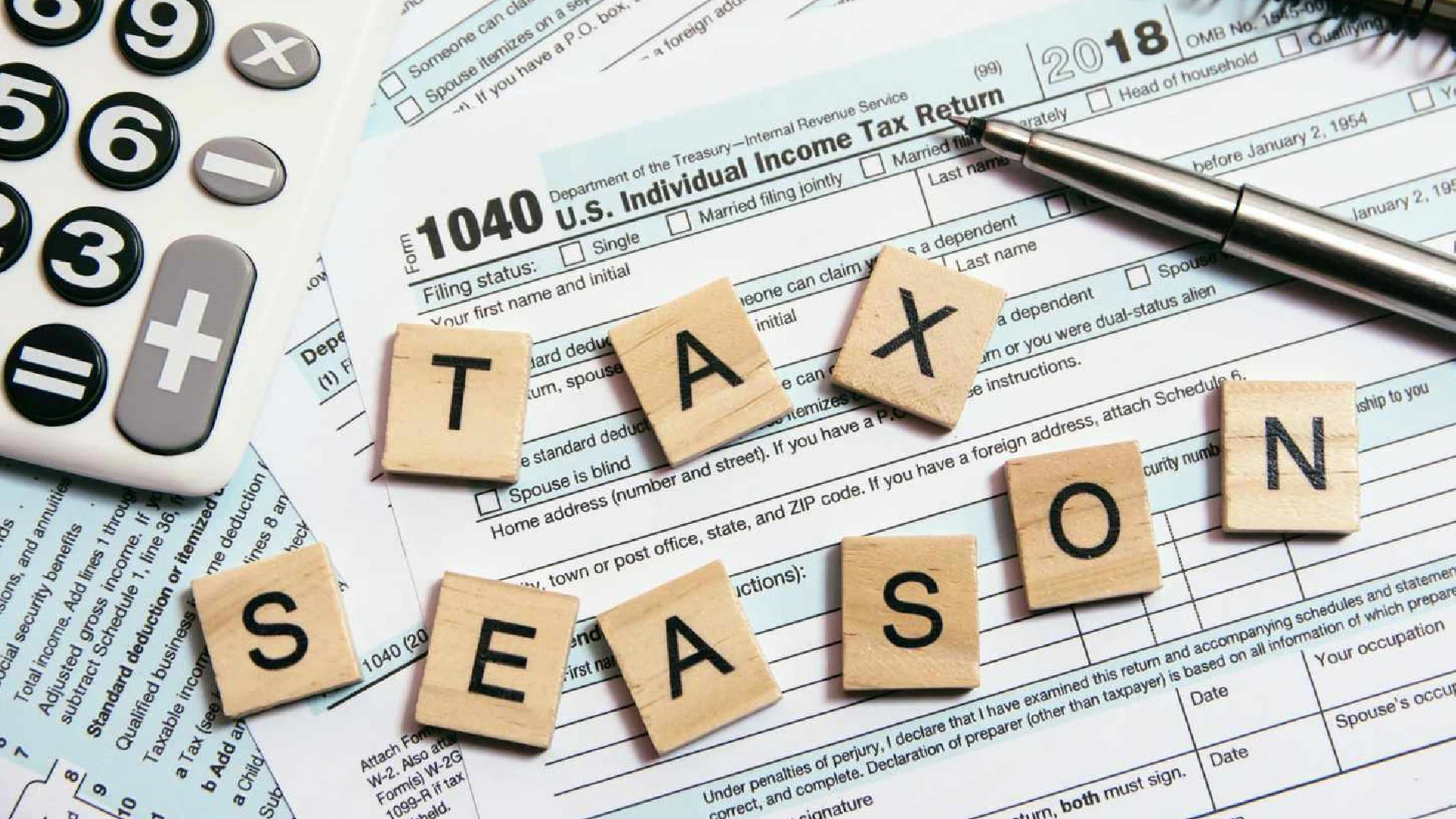Here are six steps to ensure your business is ready, come April 15.
Q1 marks the beginning of a critical time for businesses — tax season. As you know, it can be a busy and stressful time of year for most businesses, regardless of their age, industry or profitability. No one wants any surprises after they file, so it’s important to start preparing sooner rather than later.
By planning ahead, you’ll ensure your business is organized and ready to file on time. You may never enjoy tax season, but there are ways to make it as painless as possible. Here are six steps to ensure your business is ready — come April 15.
1. Prepare throughout the year
Getting ready for tax season starts long before you’re ready to file your tax return — you should be preparing throughout the year. This starts with having an accounting system in place where you can keep track of your finances.
There are tons of free and inexpensive options when it comes to accounting software, including QuickBooks, Xero and ZohoBooks. The software is more comprehensive than anything you can do with an Excel spreadsheet, and most give you the option to collaborate with your accountant.
In addition, businesses should be paying their quarterly tax obligations throughout the year. The exact filing schedule will vary depending on your business entity. Once you get on a schedule, you’ll likely find that paying your taxes as you go will make your life easier and help you avoid any fines or penalties.
2. Make sure your books are balanced
You don’t want to run into tax problems because of mistakes or missing transactions. Make sure all of your business transactions are recorded and accurately categorized. Take the time to reconcile your accounts and ensure that your financial software matches what your bank account says.
You should also make sure that you’re separating your personal and business transactions. Otherwise, you’re going to create a lot of frustration for yourself.
3. Gather your paperwork
Start gathering your paperwork together at the beginning of the year. You’ll need to provide receipts for any deductions you took in case your business gets audited. It’s a good idea to digitize your receipts, so you don’t have to worry about anything getting lost or damaged.
You’ll also need the following documentation to bring to your accountant:
- Your taxpayer identification number (EIN or SSN)
- Income statement
- Balance sheets
- Bank statements
- Payroll records
- Estimated tax payments
- Previous year’s business tax return
If you have employees, you’re required to file W-2s with the Social Security Administration by Jan. 31.
4. See what tax credits you qualify for
Next, you want to see what kind of tax credits your business qualifies for. Tax deductions reduce your taxable income, while tax credits reduce your total tax bill. You can look for industry-specific tax credits or see if there are any state-specific tax credits you qualify for.
One of the most advantageous tax deductions for financing is Section 179, which allows you to write off nearly the entire value of an equipment purchase on the current year’s tax return.
The IRS provides information on its website about available tax credits and eligibility requirements. It’s a good idea to work with a tax professional to ensure your business actually qualifies for any credits you identify.
5. Work with an accountant
If you’re in the early stages of building your business, you may be tempted to file your taxes on your own to save money. However, the short-term benefits often lead to longer-term problems, and most entrepreneurs find more benefits in working with an accountant.
Tax laws and regulations are constantly changing, and it’s impossible for the average business owner to stay on top of these changes. Accountants understand all of the relevant tax laws and filing requirements and can help you minimize your tax liability.
Plus, filing your taxes can be time-consuming and tedious, especially if you don’t know what you’re doing. Using an accountant will save you time and help you avoid costly mistakes. Plus, you’ll have peace of mind knowing that your business taxes are filed accurately and on time.
The upside of working with an accountant extends well beyond tax season; Your accountant can work with you throughout the year to develop strategies to minimize your tax burden.
6. File early if you can
April 15 is commonly thought of as Tax Day, but the exact filing deadline depends on your business entity. Sole proprietors, single-member LLCs, and corporations that ended their year on Dec. 31 have to file taxes by April 15.
But if you’re a partnership, multi-member LLC, or S-Corp filing Form 1120-S, you’re required to file by March 15. The IRS begins accepting tax returns beginning in mid to late January, so it’s a good idea to file early if you can.
By filing early, you’ll avoid processing delays with the IRS and save yourself the stress of attempting to file at the last minute. If you wait too long to get the process started, you may have a hard time getting in with your accountant.
Scheduling an appointment with your tax pro early ensures you can file on time. Otherwise, you may have to request an extension.
